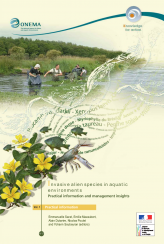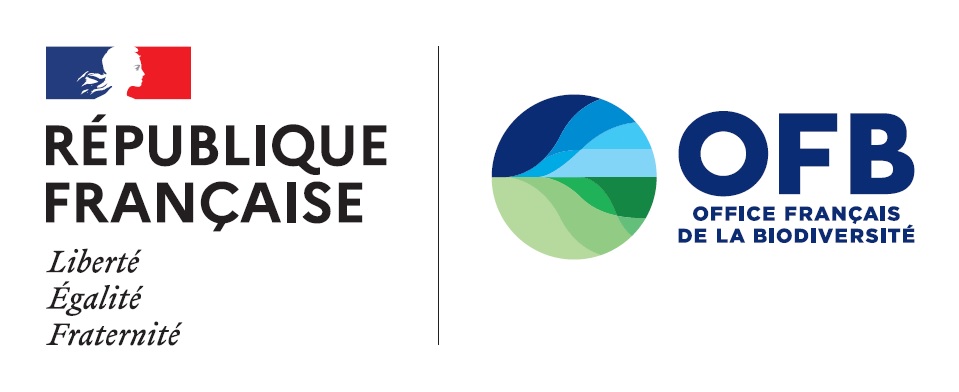Knowledge for action
The Knowledge for action series provides professionals in biodiversity sector (instructors, students, scientists, engineers, managers, etc.) with information on recent research and science-advice work.
A hardcopy of each document may be requested as long as stocks last. Please justify your request when writing to veronique.barre [a] afbiodiversite.fr
Invasive alien species (IAS) and their impacts represent a growing concern for the managers of natural areas. In both continental France and the overseas territories, a large number of people and organisations have taken action to limit the damage. Following on from the previous works, volume 4 brings together 25 unpublished project management reports in aquatic and terrestrial environments, including 8 in the French overseas territories.

Calling on the experience gained in deploying the Information on the continuity of ecosystems (ICE) method in continental France and in a partnership with all the overseas Environmental Directorates and Water Offices, OFB coordinated and facilitated the adaptation of the method to the tropical islands of Guadeloupe, Martinique, Mayotte and Réunion.

Assessment of the National Biodiversity Strategy 2011-2020 (condensed version) |
What lessons may be drawn from the implementation of SNB 2011-2020? What methods should be selected for SNB3 (after 2020), notably in terms of the types of action and the governance of the strategy? To answer these questions, the French Biodiversity Agency and the Ecology Ministry requested an assessment of the strategy, including a retrospective analysis (public-policy evaluation) and a forward-looking analysis.
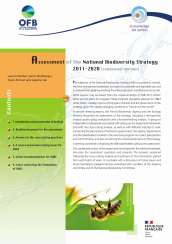
NEW FILES 2020/2021 !
Invasive alien species (IAS) and their impacts represent a growing concern for the managers of natural areas.That is particularly true for aquatic environments where an array of stakeholders are now taking action. In parallel, public policies are coming into play on the national level and the European Union now has a regulation in this field. These volumes offer highly useful information while attempting to address the specific aspects of each situation, including the site, the species to be managed and the necessary technical and financial resources.
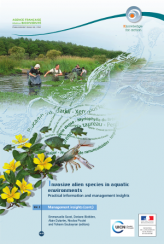
Restoration is an important issue in managing water and aquatic environments, however the concept itself is still debated. To improve our understanding of this paradigm, investigate its contributions and limits, and look at the potential changes in its application in the field of water and aquatic environments, we reviewed current definitions of restoration as it is now practised in France and abroad.
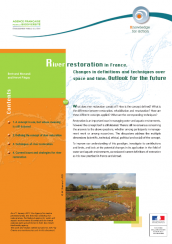
This book is intended for public and private stakeholders involved in applying or affected by environmental regulations in general and water regulations in particular. It describes the current scientific, legal and operational situation as well as the progress already made and that required to fully take into account ecological damages, on the basis of in-depth scientific and technical knowledge combined with current developments in the human and social sciences.

Diffuse pollution and protection of water resources : territorial practices in the European Union |
Diffuse pollution is currently one of the major pressures on Europe’s water resources. To achieve the objectives of the water framework directive, the European Union member States must address this type of pollution. It is difficult to measure and control, notably due to the multitude of sources involved. An exchange of practices and experience on this issue, between numerous stakeholders from the various basin organisations of European and neighbouring non-European countries was organised in 2015.
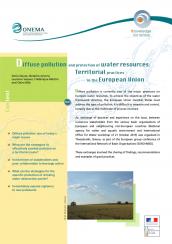
Contributions of hydro-economic models to water management in France |
Economic analysis plays an increasingly important role in managing water resources and aquatic environments. Using concrete examples, this document shows how hydro-economic models can assist in dealing with three major problems confronting the managers of water resources.
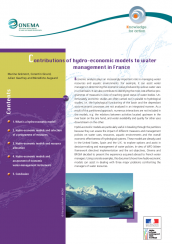
This second volume illustrates the situation discussed in the first volume with feedback from management projects in continental France and Europe.
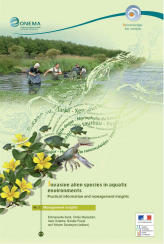
Invasive alien species (IAS) are acknowledged as one of the main causes of biodiversity loss worldwide. The objective of these 2 volumes is to contribute to the debates on how to manage IASs, to provide a general outline on current knowledge (volume 1) and a number of specific examples (volume 2) to assist managers of aquatic environments and policy makers in their respective tasks to better manage these species. The first volume presents the current situation concerning invasive alien species in aquatic environments in continental France.
